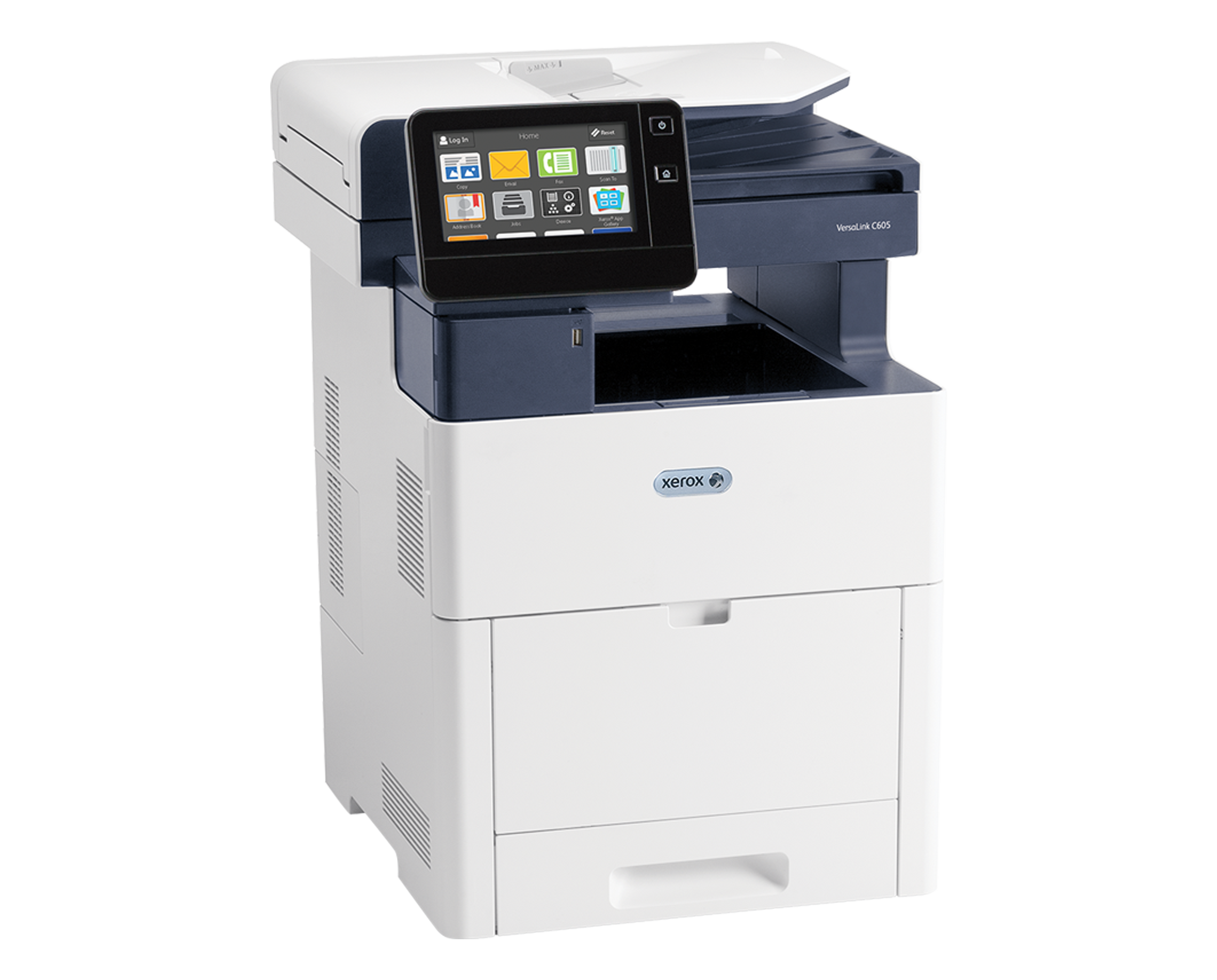The History and Evolution of Toshiba Copiers: A Legacy of Innovation
Toshiba, a name synonymous with innovation in electronics and technology, has made significant contributions to the world of office equipment, particularly copiers. While the company has produced a wide range of technological devices over the decades, Toshiba’s impact in the copier industry is particularly noteworthy. The history of Toshiba copier is a story of continual evolution, adaptability, and a commitment to pioneering new features that redefine the way businesses handle document management.
The Early Days of Toshiba: A Vision for Technology
Founded in 1875 as Tokyo Electric Company by Hisashige Tanaka, Toshiba began its journey by manufacturing telegraph equipment and later expanded into a wide array of technological products. It wasn’t until the mid-20th century that Toshiba began to diversify into office automation equipment, including copiers. In the 1960s, as businesses began to grow and require better ways to manage documents, Toshiba recognized the need for more efficient, reliable copying solutions.
The company saw an opportunity to enter the copier market, which at the time was dominated by companies like Xerox and Canon, and began developing its own line of copiers. Initially, Toshiba’s focus was on creating machines that could improve productivity and reduce the time and resources spent on copying and printing documents. The journey from early mechanical devices to the sophisticated digital copiers we know today was underway.
The 1970s: The Birth of Toshiba Copiers
Toshiba entered the copier industry in earnest in the early 1970s, following the global success of copiers from American and European manufacturers. During this period, Toshiba’s research and development teams worked on improving the key components of copiers, such as the drum, the developer, and the toner. The first breakthrough for Toshiba came in 1970 when they introduced the Toshiba Copier 100. This was one of the first copiers to use electrostatic technology, marking a major step forward in copying efficiency.
At this time, Toshiba focused on reliability and ease of use, recognizing that businesses wanted copiers that not only produced high-quality copies but were also easy to maintain and cost-effective to operate. The early Toshiba copiers gained a reputation for their durability, a hallmark that would persist throughout the company’s copier production.
The 1980s: Embracing Digital Technology
The 1980s were a transformative decade for the copier industry, as the transition from analog to digital began to take shape. Toshiba was quick to adopt this shift, introducing digital copiers that could perform multiple functions such as printing, scanning, and faxing, all from a single machine. This marked the beginning of what we know today as multi-functional printers (MFPs).
In 1982, Toshiba launched the Toshiba Copier 2080, one of the first digital copiers capable of networked printing and copying. The introduction of this device revolutionized the workplace, as it enabled businesses to integrate copying into their broader office workflow. This digital transformation allowed for more efficient document management, faster copying speeds, and the ability to produce clearer images.
The 1990s: Expanding the Product Line and Global Presence
By the 1990s, Toshiba had firmly established itself as a key player in the copier industry. The company expanded its product line to include a variety of multifunctional devices that could handle everything from basic copying to advanced document management solutions. Toshiba’s commitment to innovation was seen in products like the Toshiba e-STUDIO series, which combined photocopying, printing, and scanning into one seamless device.
Toshiba also began to focus heavily on enhancing the user interface and connectivity of their copiers. During this period, the e-STUDIO series integrated touchscreen controls and supported network printing, which allowed employees to easily access and print documents from their computers. This advancement in technology helped propel Toshiba into the global spotlight, as businesses increasingly adopted networked office solutions to streamline their operations.
The 2000s: Sustainability and Further Technological Advancements
The early 2000s were a time when Toshiba began to address the environmental impact of office equipment. The company introduced energy-efficient copiers that consumed less electricity and used fewer consumables. This focus on sustainability became increasingly important as businesses and consumers alike became more conscious of environmental concerns.
One of the standout products from this era was the e-STUDIO 3500C, which was known for its ability to produce high-quality color prints, making it ideal for businesses with creative needs. Toshiba’s innovation also extended to improving the speed, capacity, and functionality of its devices, enabling high-volume printing while maintaining excellent print quality.
Toshiba copiers also began to support advanced security features such as user authentication and encryption to protect sensitive data. This was an important move as businesses sought solutions to safeguard their information in the growing digital age.
The 2010s: The Age of Connectivity and Cloud Integration
As cloud technology became increasingly dominant in the 2010s, Toshiba embraced the trend by integrating cloud connectivity into its copiers. Toshiba copiers were now able to integrate seamlessly with cloud-based document management systems, allowing users to store, retrieve, and share documents from anywhere in the world. This opened up new possibilities for businesses, especially those with remote teams or multi-location operations.
The Toshiba e-STUDIO 5000 series, introduced during this time, featured advanced print management tools, improved cloud integration, and even mobile printing capabilities, allowing employees to print from their smartphones and tablets. This shift towards mobile and cloud technology reflected the growing demand for flexible, accessible, and scalable office solutions.
Toshiba Today: Innovation and Sustainability
As of today, Toshiba’s copier business continues to evolve. The company’s copiers are no longer just machines for making copies; they are central hubs for document management, capable of handling everything from scanning and printing to faxing and archiving. The e-STUDIO series remains one of Toshiba’s flagship offerings, and the company continues to focus on smart technology, cloud solutions, and environmental sustainability.
Toshiba’s dedication to research and development has ensured that its copiers remain at the forefront of innovation. The integration of artificial intelligence (AI) and the Internet of Things (IoT) in modern copiers has paved the way for even smarter, more intuitive machines. Features like predictive maintenance, automated workflows, and enhanced security have further cemented Toshiba’s reputation as a leader in office technology.
Conclusion: A Legacy of Innovation
From its humble beginnings in the copier market to its current position as a global leader in multifunctional office equipment, Toshiba’s history in the copier industry is a testament to its commitment to innovation, quality, and sustainability. Through continuous advancements in technology, the company has not only changed the way businesses handle documents but has also helped drive the evolution of the modern office environment.
As Toshiba moves forward, its copiers will continue to evolve, reflecting the company’s vision of improving productivity, connectivity, and sustainability in the workplace. The legacy of Toshiba copiers is one of adaptability and forward-thinking technology—ensuring that Toshiba remains a trusted partner for businesses around the world.




